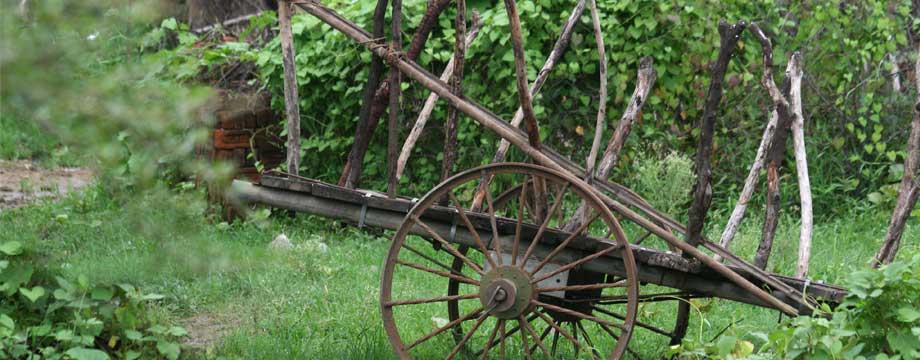Typhoid fever is a deadly disease that kills thousands of people in developing nations every year. It is virtually unheard of in Australia today but in the 1800s it struck fear into the population. Outbreaks in gold digging camps, overpopulated inner city neighborhoods, swampy land and railway camps were reported regularly. During the late 1800s the disease was thought to be carried by bad (septic smelling) odours. By the early 1900s health professionals began to understand the correlation between inadequate sanitation, infected drinking water and outbreaks of typhoid.
Although the Berwick/Pakenham region was a country area removed from the smells and disease of central Melbourne, we were not without serious outbreaks. In 1883, a Mr. George Hall from “Narree Warren” died from the disease and in 1889 it was suggested that the source of an outbreak might be a local dairy. In 1891 a young girl named Eliza Kirkpatrick from Cockatoo was diagnosed with typhoid. In 1898 a young man by the name of William Seymore died at Nar Nar Goon
It wasn’t just the poor or working class who were affected. Queen Victoria’s husband, Prince Albert of Saxe-Coburg-Gotha died in 1862 of the disease. In America, Mary Todd Lincoln, the wife of President Abraham Lincoln contracted typhoid and and their second son died from it.
One of the most famous cases of typhoid outbreaks was in the US in 1907, when a woman named Mary Malone was the first identified carrier of the disease in America. Nicknamed Typhoid Mary, she didn’t show any outward signs of the disease but her blood tested positive to the typhus bacilli. She was a cook to the wealthy in New York city and was passing it through the food that she touched. This outbreak infected 53 people and caused 3 deaths. What most people do not realize is that just 3 years later, a carrier was found in Pakenham and there were 116 cases directly related to this carrier.
The Pakenham outbreak was traced back to a dairy farm owned by the Clarke Brothers. The milk was infected by one of the dairy workers and was unknowingly distributed to families and hospitals throughout Melbourne. The female dairy worker’s name was never published but her family were some of the victims. It seems that she had had the disease for many years but had only recently become infectious. A Dr. Burnett Ham (chairman of the Board of Public Health) explained that like flowers and plants the bacilli had dormant and active stages. Unfortunately this woman was working in the dairy during an active stage. In America, Typhoid Mary was kept in isolation for the rest of her life. I have been unable to find out what happened to our own Missus Typhoid but on the 6th of May 1910, Dr. Ham states that there would be no trouble in curing her of the disease. An interesting statement as there was no known cure for typhoid until antibiotics were used in the 1940’s.
The owner of the dairy farm, Mr. Clarke, campaigned for compensation from the state government. Dr Ham stated at a meeting in 1911 that Mr. Clarke had been warned as three cases of the illness had occurred on his farm. The Minister for Health also stated that proper care had not in the past been taken to insure the cleanliness of the workers hands. The compensation was refused.
Relevant Typhoid Epidemic Links

